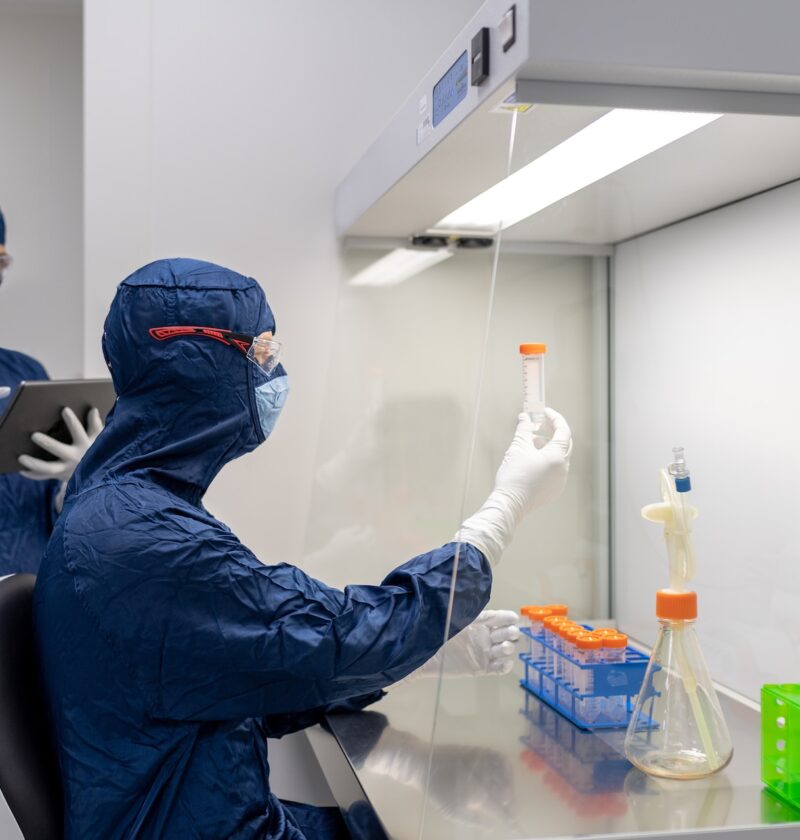In healthcare, maintaining a sterile environment cannot be overstated. From surgical instruments to lab equipment, ensuring that all medical tools are free from harmful microorganisms is vital to patient safety and infection control.
One of the effective methods of accomplishing this is autoclave sterilisation. In this article, you will delve into the fascinating science behind an autoclave steriliser and explore how they work to keep medical equipment safe and sterile.
Understanding Autoclave Sterilisation: The Basics
The steriliser is a high-pressure steam chamber designed to eradicate microorganisms on medical equipment, such as bacteria, viruses, fungi, and spores.
By combining high temperature, pressure, and steam, the autoclave creates an environment where even the most resilient pathogens cannot survive. This process effectively sterilises medical instruments, ensuring they are safe for patients and laboratory settings.
The Role of Temperature, Pressure, and Steam
Autoclave sterilisation relies on three key factors to be effective: temperature, pressure, and steam. Take a closer look at how each of these components contributes to the sterilisation process:
Temperature: Autoclaves typically operate at temperatures ranging from 121°C (250°F) to 134°C (273°F). These high temperatures are critical for denaturing proteins, enzymes, and other cellular structures within microorganisms, rendering them inactive and unable to reproduce.
Pressure: The high pressure within the autoclave raises the boiling point of water, allowing it to reach the high temperatures needed for sterilisation. This elevated pressure also aids in penetrating steam into the materials being sterilised, ensuring thorough and effective treatment.
Steam: Using steam in the autoclave is vital for transferring heat to sterilised items. As steam condenses into water, it releases its latent heat, effectively transferring the heat energy to the equipment and killing microorganisms. Steam is also an excellent carrier for heat, allowing for rapid and even heating of the items inside the autoclave chamber.
The Autoclave Sterilisation Process: Step by Step
The process of sterilising medical equipment using an autoclave steriliser typically involves the following steps:
Preparation: Medical instruments are first cleaned and prepared for sterilisation. This may include removing debris or organic material and placing the items in appropriate containers or trays.
Loading: The prepared items are placed in the autoclave chamber, ensuring adequate space for steam to circulate each item.
Sealing and Pressurisation: The autoclave door is sealed, and the chamber is pressurised. As the pressure elevates, so does the boiling point of water, allowing the steam to reach the high temperatures needed for sterilisation.
Sterilisation Cycle: The autoclave maintains the required temperature and pressure for a predetermined period (usually between 15 and 45 minutes, depending on the specific equipment and autoclave settings). During this time, the steam effectively kills any microorganisms on the equipment.
Depressurisation and Cooling: Once the sterilisation cycle is complete, the autoclave gradually releases the pressure, allowing the chamber to cool. The cooling process helps ensure that any remaining steam condenses and is safely removed from the chamber.
Unloading and Storage: After the cooling process, the sterilised equipment is carefully removed from the autoclave and stored in a clean, sterile environment until needed.
Wrapping up
The science behind autoclave sterilisation is fascinating and crucial to ensuring the safety and well-being of patients, laboratory workers, and others who rely on sterile environments and equipment. By harnessing the power of temperature, pressure, and steam, autoclave sterilisers are invaluable in protecting against infections and maintaining the highest hygiene standards across various industries. As new sterilisation technologies develop and refine existing processes, the importance of understanding and appreciating the science behind these life-saving devices cannot be overstated.







